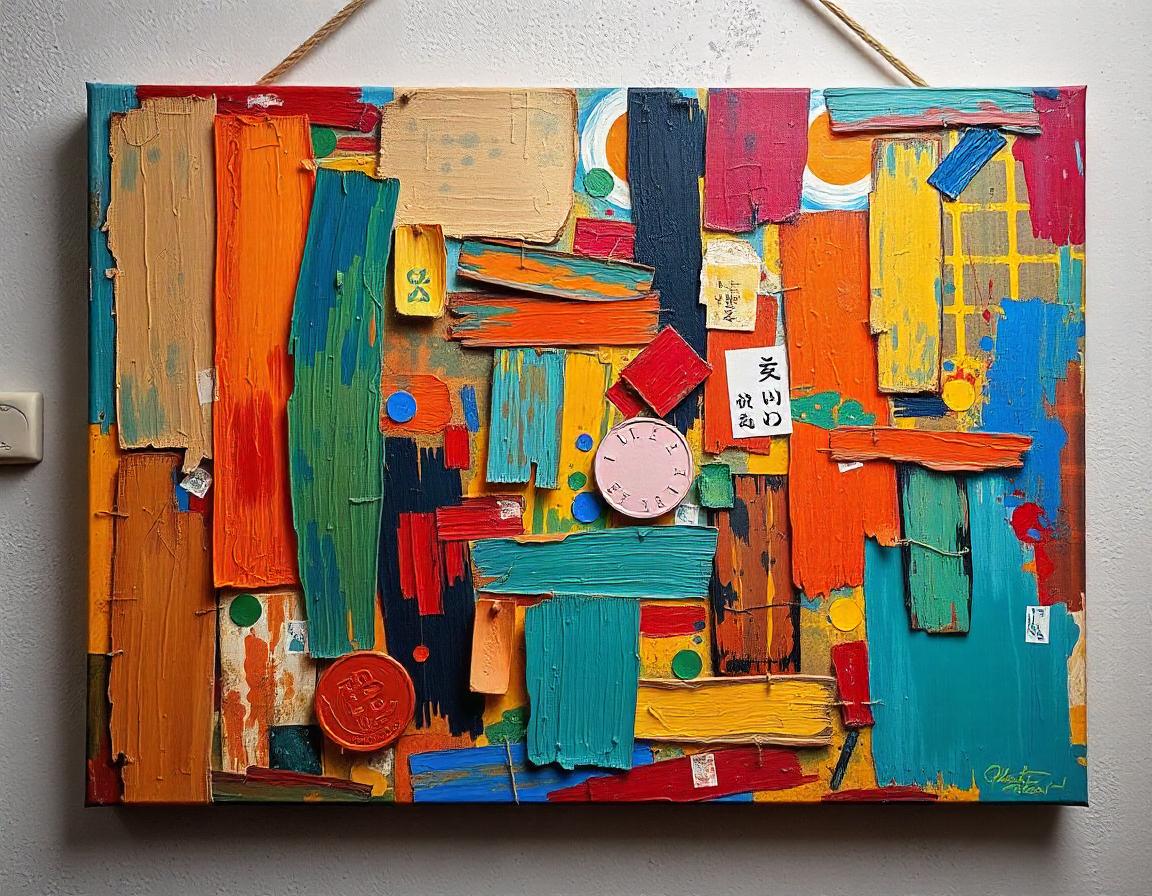What’s the first thought that crosses your mind when NFTs are mentioned; JPEG images of an ape or punk that could make you the next millionaire? Permit me to say that this is now old school.
NFTs (non-fungible tokens), once primarily associated with digital art and collectibles, are emerging as a powerful tool for driving social change.
Beyond their financial value, NFTs can be leveraged to raise awareness, mobilise communities, and support a wide range of charitable causes. By tokenizing unique assets, from historical artefacts to environmental initiatives, NFTs offer a new and innovative way to fundraise, foster transparency, and create lasting social impact.
What is Social Impact?
Although there is no one-size-fits-all definition for social impact, Duke University defines it as “any significant or positive changes that solve or at least address social injustice and challenges.” Taking a cue from the United Nations Sustainable Development Goals (SDGs), these changes could address challenges bothering on hunger, poverty, health, gender, and energy, amongst others.
While NFTs have gained notoriety in the art world, their potential for social impact is vast and largely untapped. From humanitarian initiatives to environmental efforts, they can be leveraged for social good. Here are five areas where NFTs could be utilised as a catalyst for social impact.
Charitable Fundraising
NFTs have revolutionised charitable fundraising by offering unique, engaging ways for organisations to raise funds and awareness for their causes. Charities can now create and sell one-of-a-kind digital assets, attracting collectors and supporters in ways previously unimaginable. Blockchain technology ensures transparent tracking of donations and fund allocation, addressing long-standing concerns about the opacity of charitable giving. Moreover, smart contracts can be programmed to allocate a percentage of secondary sales to the charity, creating a continuous revenue stream long after the initial sale.
Real-world examples of NFTs in charitable fundraising are already making significant impacts. The Giving Block platform has facilitated NFT auctions for numerous charities, raising millions of dollars for various causes. These initiatives are not only increasing donor engagement through collectible, meaningful digital assets but also reaching a global, tech-savvy donor base that traditional fundraising methods might miss. The enhanced transparency in the donation process is also building trust and encouraging more generous giving.
Artists and Creators Empowerment
Did I hear you say Beeple? Well, non-fungible tokens have opened up new avenues for artists and creators to monetize their work and connect directly with their audience. This technology allows artists to sell their work directly to collectors without intermediaries, significantly increasing their profit margins. Smart contracts embedded in NFTs ensure that artists receive royalties from secondary sales, creating ongoing income streams that were previously difficult to enforce. Additionally, NFTs provide verifiable proof of ownership and authenticity, addressing issues of fraud and unauthorised reproduction that have long plagued the art world.
The impact of NFTs on the art world was dramatically illustrated by Beeple’s $69 million NFT sale at Christie’s, which brought mainstream attention to NFT art. However, the real revolution is happening at a grassroots level. Platforms like OpenSea, Magic Eden, and SuperRare have enabled thousands of artists to sell their digital art as NFTs, democratising the art market and allowing emerging artists to gain recognition and income.
This is particularly empowering for artists from marginalised communities who may face barriers in traditional art markets. NFTs are creating new revenue streams for creators, especially in digital media, and reshaping the economics of creativity in the digital age.
Financial Inclusion
NFTs, as part of the broader cryptocurrency ecosystem, are playing a crucial role in promoting financial inclusion for unbanked and underbanked populations. They offer alternative income sources through avenues such as play-to-earn games and NFT creation.
These tokens offer a way for individuals to own and trade valuable digital assets without a traditional bank account, enabling participation in the global digital economy for those excluded from traditional financial systems. Furthermore, there’s potential for NFT-based systems to facilitate micro-loans and peer-to-peer lending, opening up new possibilities for financial services in underserved communities.
A prime example of NFTs driving financial inclusion is Axie Infinity, a play-to-earn game that has provided significant income for players in developing countries like the Philippines. During economic downturns, particularly amid the COVID-19 pandemic, many individuals turned to this game as a source of income. These developments are not just creating new economic opportunities; they’re reshaping our understanding of work and value creation in the digital age.
Community Building
Digital collectibles have proven to be powerful tools for building and strengthening communities around shared interests and causes. They can represent membership in exclusive communities or Decentralised Autonomous Organizations (DAOs), granting holders voting rights in community decisions. This creates engaged global communities united by shared interests or causes, fostering a sense of belonging and participation in digital spaces.
NFTs also enable fractional ownership of assets, allowing community members to have a shared stake in valuable collectibles or investment opportunities.
The Bored Ape Yacht Club NFT project exemplifies the community-building potential of NFTs. Holders of these NFTs gain access to exclusive events, merchandise, and a vibrant online community. This has created a strong sense of identity and belonging among holders.
On a different scale, PleasrDAO uses NFTs to govern collective ownership of valuable digital assets, demonstrating how NFTs can facilitate new models of decentralised governance and decision-making. These examples show how NFTs are not just digital assets, but powerful tools for creating and nurturing communities in the digital age.
Business and Investment
NFTs are opening up new business models and investment opportunities with significant potential for social impact. The ability to tokenize real-world assets through NFTs is democratising investment opportunities, allowing smaller investors to participate in previously inaccessible markets. For instance, real estate NFTs are emerging, enabling fractional ownership of properties.
In the realm of supply chain management, NFTs are being used to create transparent and verifiable systems. VeChain, for example, is using NFTs to create transparent supply chains in the fashion industry, allowing consumers to verify the authenticity and ethical production of their purchases. This application of NFTs has the potential to promote more ethical business practices and empower consumers to make informed decisions.
NFTs are also enabling novel business approaches, such as tokenized intellectual property. This could revolutionise how creators monetize their work, potentially leading to a more equitable distribution of profits in creative industries. Overall, NFTs are not just creating new revenue streams, but are catalysing business models that have the potential for significant positive social impact.
















